I Tried Laser Hair Removal, and It's the One Treatment I Wish I'd Done Sooner
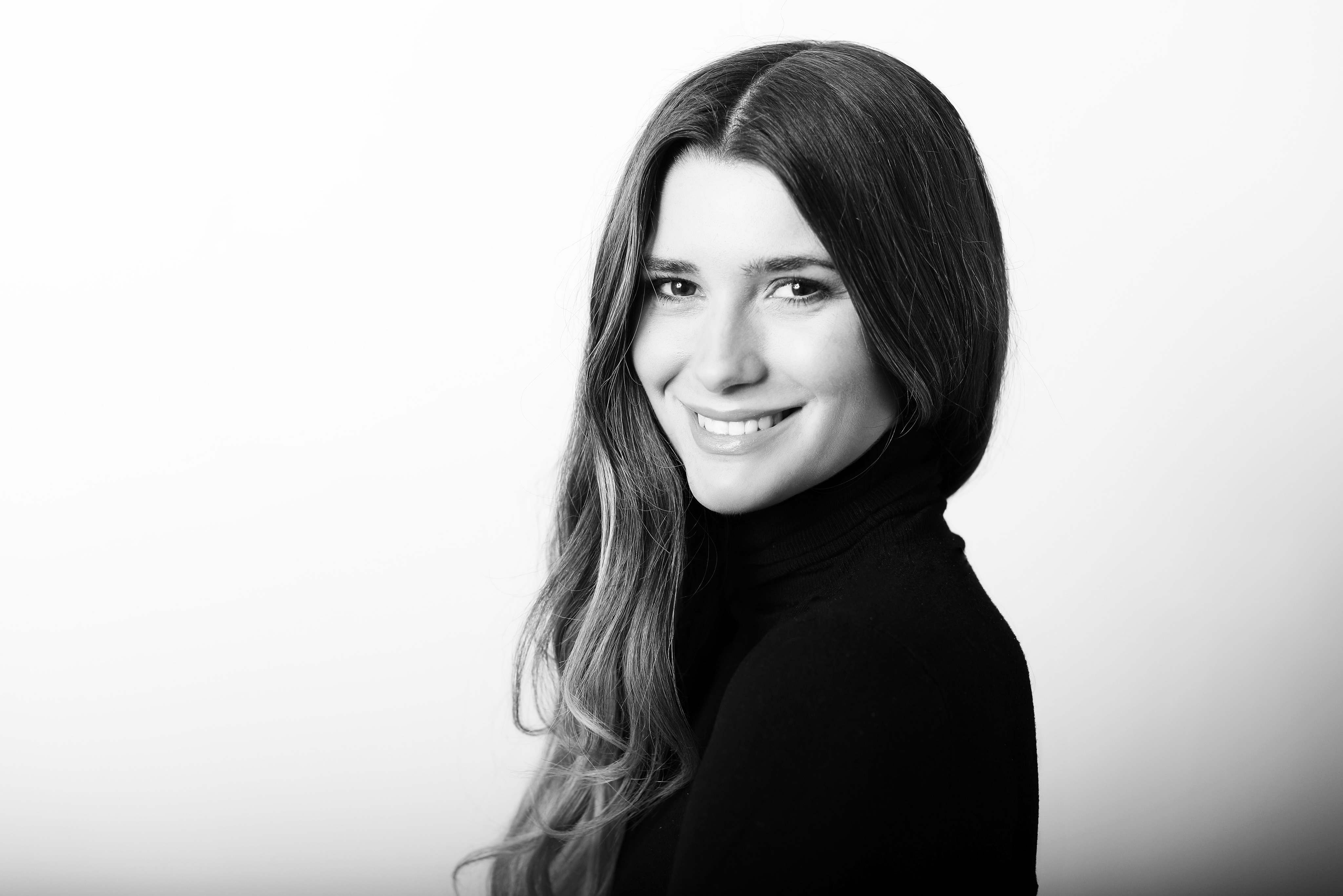
Hair removal is a very personal choice for everyone. I'm all about empowering choice with zero judgment on what you decide to do with your hair. If you choose to remove it, cool! If you choose not to remove your hair, that's cool too. Just like how we express ourselves through a new haircut or hair colour transformation, what we decide to do with our body hair is a form of self-expression. Whether you choose to leave it alone or shave, wax, epilate, or use intense pulsed light (IPL) or laser hair removal, I'm all for it.
As for me? I have been shaving since my early teenage years. As the daughter of parents who both have great heads of hair, I've been blessed with dark, thick lengths and full lashes and brows. This, however, goes hand in hand with hair in abundance in other areas, too, which I have chosen to shave, pluck, or wax depending on the area. As a beauty editor, I find joy in my beauty rituals, but this was one part of my routine that felt more like a chore—not to mention the cost. I hate to think how much money I've spent on expensive waxes, overpriced razors, and epilating and IPL devices over the years—I've truly tried it all.
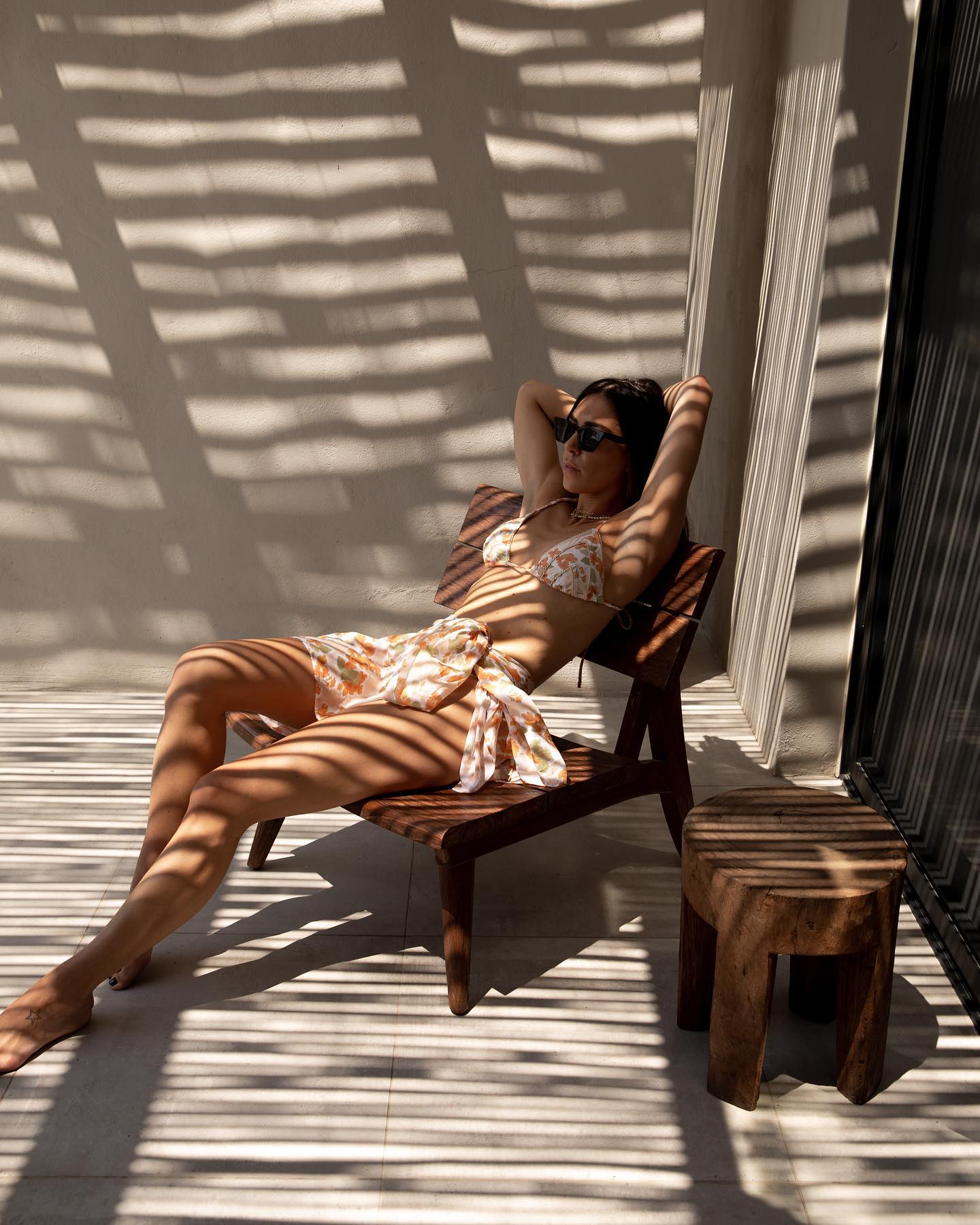
Plus, as someone who has very dark hair and light skin, any shaving efforts are short-lived. Even immediately after shaving, the roots of my hair follicles appear as little black dots all over my legs, and if I were to shave in the morning, I can feel regrowth toward the end of the day. (Someone give my follicles a medal.) This makes shaving a time-consuming, annoying, and expensive part of my beauty routine. And as for my facial hair on my chin and upper lip, I've tried plucking the thicker individual hairs from my chin and dermaplaning the fluffier hair above my lips, but alas, due to the stubbornness of these hormone-dependent areas, I've not had effective nor long-lasting results.
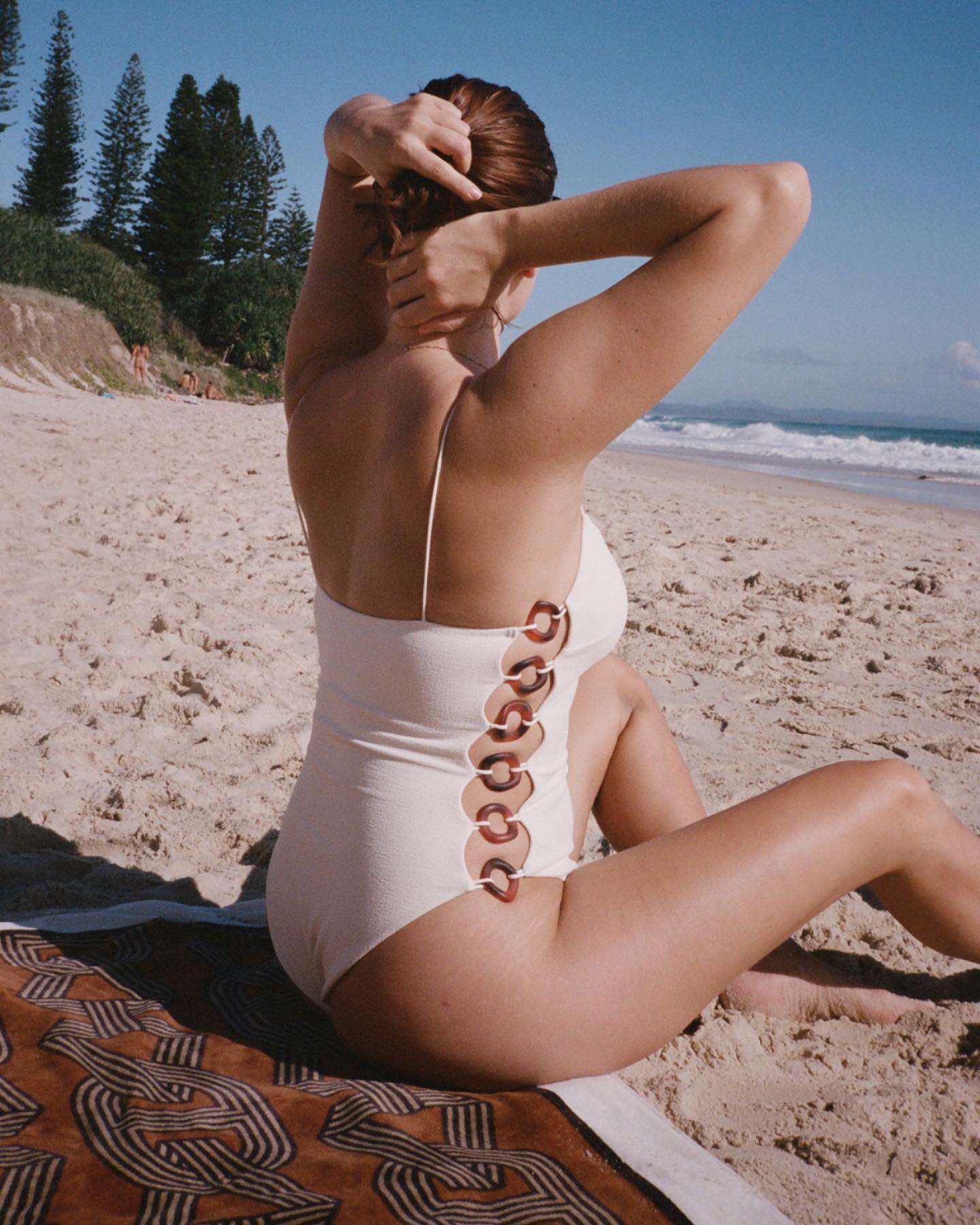
If you've landed on this article, chances are you're in a similar camp to me and are searching for reviews and wondering if laser hair removal is actually worth it, plus the best places for laser hair removal. So when I was invited to review laser hair removal late last year, I jumped at the opportunity to try it and (hopefully) bid farewell to my other methods of hair removal. I visited the Brighton branch of Laser Clinics for a consultation with branch manager Pam Smith, who welcomed me into her clinic and talked me through everything that I needed to know about laser hair removal—and I was enlightened. I chose to have my legs treated, but I have since loved the results so much that I've also opted for my bikini line and upper lip and chin to be treated too.
Laser Clinics is one of the leading providers of laser hair removal, so the team really knows their stuff. But my friends within the aesthetics industry rate it for the clinics' laser machinery, which is highly regarded as the best in the biz. This convinced me to have my treatment there.
Ahead, you'll find everything you need to know about laser hair removal as well as my honest thoughts on my treatment journey so far.
What is laser hair removal, and how does it work?

Let's get down to the science for a sec. What exactly is laser hair removal, and how does it work?
"Laser hair removal works by targeting the hair follicle. The light energy is then converted into heat, which damages the follicle attached to the blood supply, making it grow back finer, lighter, or not at all over the course of treatment," says Chloe Layton, Laser Clinics UK's national training manager for the north.
This is a different light form IPL (intense pulsed light), which is what you'll find in at-home hair-removal devices. "Typically, IPL devices don't penetrate deep enough into the skin's epidermis," explains Smith, so these tend to be less effective than professional in-clinic treatment using a medically approved machine.
Who can have laser hair removal?

It's really important to book in for a consultation prior to having a laser hair removal treatment at your chosen clinic to find out if the treatment is both safe for you to have and for you. At the Brighton Laser Clinics branch, I had an in-depth consultation with Smith, who assessed my medical records as well as my hair color and skin type. Thankfully, I was suitable for treatment. In fact, I was the ideal candidate, as my hair is so dark and I have fair skin.
Smith explained that it's important for your hair to have pigment in order for the laser to treat it. The contrast of dark hair and light skin means that the laser also easily finds the follicles that we want to target. If you have fair hair, however, this treatment is not suitable for you. "The laser cannot do white, gray, or blonde hair, and some kinds of auburn hair that have a transparent look to them. The same goes for vellus hair (or peach fuzz) on the face. The hair must have pigmentation in order for the laser to work," explains Smith.
So what about different skin tones? Laser Clinics use a device called Candela Gentlelase Pro, which means all skin tones on the Fitzpatrick scale can be treated, from very deep skin to very fair skin tones. In other clinics, you may find that the devices they use cannot treat certain skin tones. At Laser Clinics, your treatment suitability is down to the pigment in your hair follicles rather than your skin tone.
During the consultation, it's also important to raise your medical history and any medications you are currently taking and discuss whether you are currently pregnant or breastfeeding. Laser hair removal is not recommended during pregnancy, and fluctuating hormones can also affect hair growth, which may affect the results of your laser hair removal treatment. However, if you become pregnant midway through your treatment, Laser Clinics will freeze your treatment plan so you can resume treatment when you're ready to come back.
As for medication, it's important to flag anything that you're taking as well as any changes to your medical history. Some medications can cause light sensitivity or hormonal fluctuations, which can affect your treatment or suitability to be treated (more on that ahead).
What areas can be treated with laser hair removal?

Really, the question should be what areas can it not treat? From underarms to bikini line and full Hollywood to full legs, there are so many areas that can be treated with laser hair removal. The same goes for areas on the face. Areas such as the chin and upper lip can be treated as well as between the eyebrows and on the neck. There are also packages for full body or bundles of the most popular areas that can make treatment more cost-effective. The only caveat is that tattooed areas cannot be treated.
Is laser hair removal permanent?

What I appreciated most about my consultation with Smith is that she was genuinely upfront about the results I might see. While I might not see permanent hair removal, I can expect to see an 80% to 85% reduction in my hair after a full course of treatment. Any hair that remains will also be finer and slower to grow back, which makes shaving much easier and quicker—a major plus. Of course, this will vary from person to person and is also dependent on the area being treated.
The reason that laser hair removal isn't totally permanent is that our hormones can continue to create new hair follicles after the treatment is finished. This is particularly so for areas such as the bikini line or chin, as fluctuating hormones can create new hair growth. This is why it's recommended to have a top-up every couple of months for any area that you are having treated to keep that new hair growth at bay. This leads us to how many treatments are required.
How many laser hair removal treatments are required?
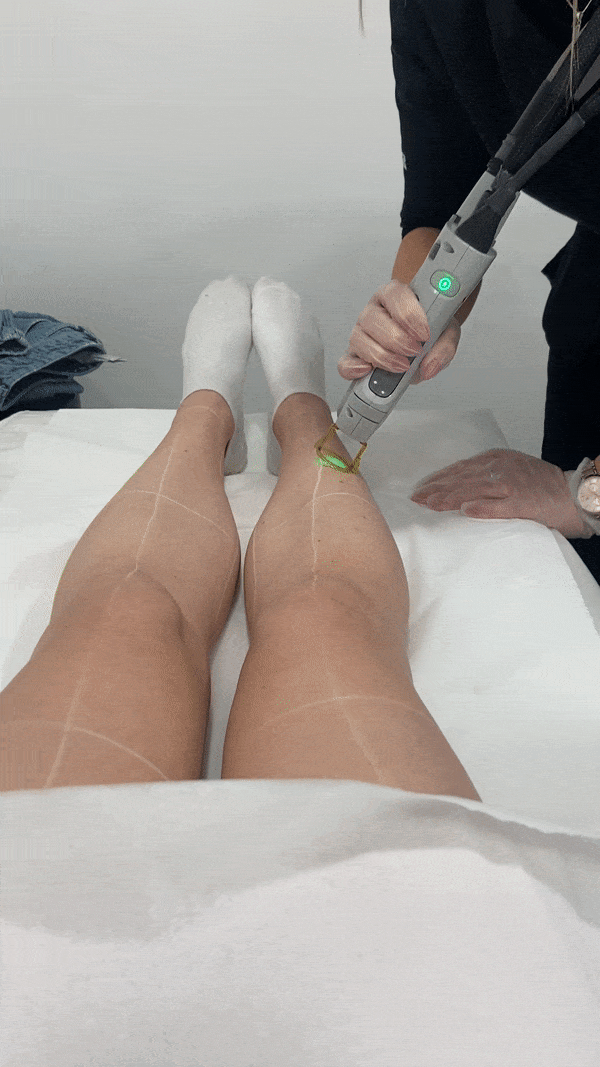
At Brighton Laser Clinics, your therapist will draw a grid on to your legs and treat each area one at a time to ensure a thorough treatment.
On average, you will need to have between 10 and 14 sessions over the course of treatment (that's one session every four weeks or so). However, more hormonally affected hair (such as the genital area, underarms and chin) may be more stubborn to treat and require additional treatment, and you may need top-ups after your initial course of treatment is complete. At around the sixth treatment, you may only need to come in every six weeks, and your therapist will be able to discuss how your treatment is going and how often you're needing to shave. At around the 10th treatment, this is the ideal time to assess how well the treatment is working and whether you may need additional sessions.
The reason so many treatments are needed is because hair grows in different cycles, Smith tells me. So at any given time, some of the hairs on your body will be in their growing phase, while others will be in the shedding phase. These phases alternate, which is why you need a treatment around every four to six weeks to ensure you've targeted all of the follicles when they are in their growth phase. That being said, once you have completed a full course of treatment, you may only need to do a top-up a couple of times a year to maintain your results. Smith says that some of her clients can go without shaving for weeks after their treatments and forget what it was like to have to shave all the time—something I can definitely get on board with.
How to find a good laser hair removal clinic:

The laser hair removal treatment room at Brighton Laser Clinics.
You'll want to research the best clinics that are local to you, read reviews, and ensure you ask plenty of questions during your initial consultation and ask if you are suitable for the treatment. A good clinic or therapist will turn you away if they know the treatment will not deliver the results you are looking for. Any good clinic will be happy to share its credentials in terms of qualifications, machinery used, and safety processes.
It's also important to consider if you can easily get to the clinic, as you'll need to visit every month or so for the next year during your course of treatment.
Does laser hair removal hurt?
Pain tolerances vary from person to person, but having tried the treatment myself across several treatments now, I can tell you that the pain is extremely minimal. I'd liken it to a short burst of heat pinging the skin. Thankfully, the laser hair removal machine in Laser Clinics has a cooling tips, which helps to minimize the heat in the skin that can cause an uncomfortable sensation.
How do you prepare for a laser hair removal treatment?
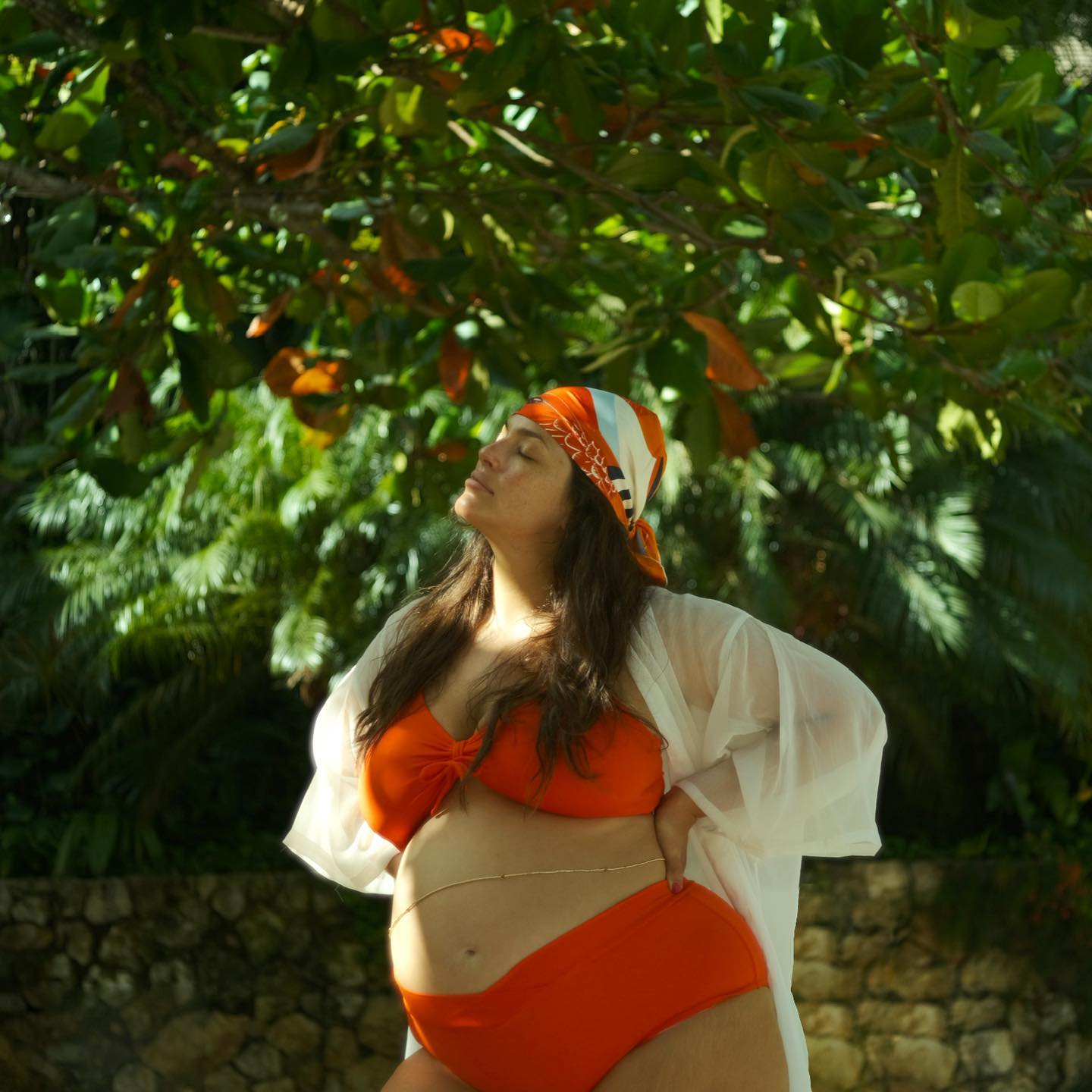
There are a couple of important things to note to ensure your treatment is both safe and effective. The first thing you need to do is shave the area you are having treated the day before your appointment. This is really important, as the follicle still needs to be visible for the laser to work. That means methods such as waxing, epilating, or plucking will render the treatment ineffective. Shaving the day before also helps to mitigate any irritation. "The skin can become irritated after shaving, so we recommend shaving the skin the day before to reduce any irritation," says Smith. "On the day itself, we ask that you don't wear any body lotion, oils or creams on the area, as it can cause an adverse reaction." The same goes for things like deodorant if you're having your underarms done or any skincare or makeup if you're having laser hair removal on your face.
You also want to make sure that you avoid any form of sun or UV exposure during your treatment. If you are planning on being in the sun or going away on holiday, it's advisable to wait at least two weeks after your sun exposure has finished before returning to treatment and avoiding treatment at least two weeks before you jet away too. If you use self-tan, you also want to ensure that this is completely removed from your skin prior to your treatment. This is because the laser can pick up the pigment from the tan and cause scarring, so this is an important factor to remember.
It's also advisable to postpone any heavy workouts, saunas, or hot showers or baths before your treatment and immediately afterward. This is because the additional body heat can contribute to inflammation with the laser treatment. And it's for this reason that Smith advises wearing loose clothing for the rest of the day after your treatment and using Laser Clinics Institut Laser Aid for around five days afterwards, which helps to draw out the heat from the skin and reduce any post-treatment irritation or itchiness.
If you're having laser hair removal on your face, then you'll also want to religiously apply SPF (and regularly top up) to protect your skin and avoid any actives such as exfoliating acids or retinoids (such as retinol or retinal) in the days leading up to and the days after your treatment.
How much does laser hair removal cost?
Prices will vary regionally, from clinic to clinic, from body area to body area, and depending on how many sessions you require. Many clinics also offer packages which can make the treatment more cost-effective if you're planning to have more than one area treated. My initial treatment for full legs at the Brighton Laser Clinics branch would cost around $816 for 10 sessions. However, smaller areas such as the lip and chin together will cost around $226 for 10 sessions, and a full Hollywood would cost $377 for 10 sessions.
My laser hair removal review:
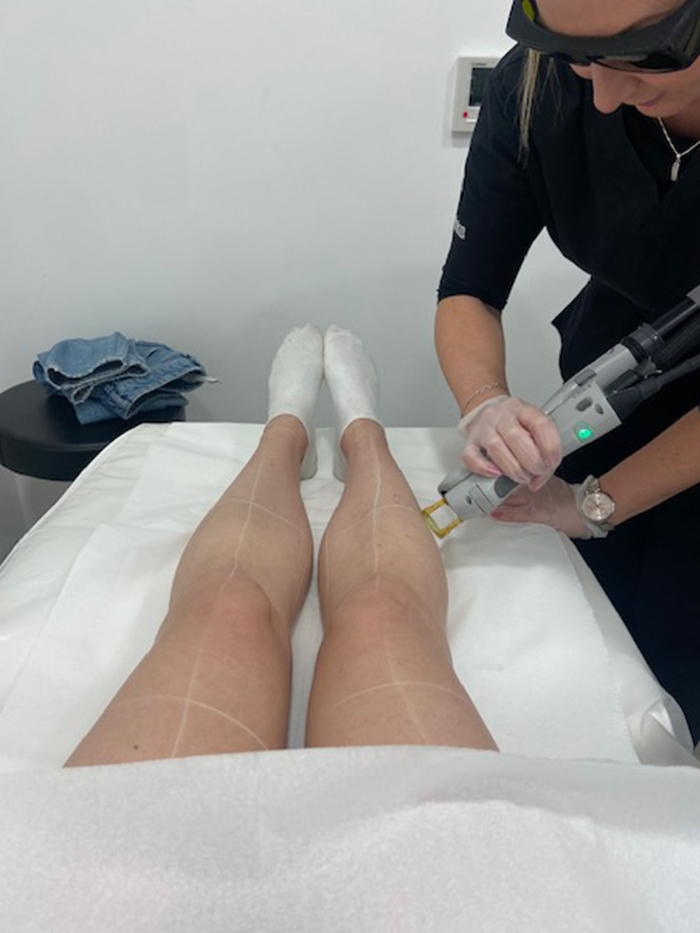
I'm currently halfway through my laser hair removal treatment on my legs at Brighton Laser Clinics, and I'm seeing drastic results already.
Even though I'm still undergoing my laser hair removal treatment on my legs, I have to say it's the one treatment that I wish I had done years ago. As someone who finds shaving a big chore and expense, I've been delighted at the results I've had at just halfway through my treatment. After my fourth treatment, I've noticed that I no longer have quite so many black dots on my skin after I shave, and I can get away with shaving once or twice a week now rather than every day. Any hair that does grow back takes ages to surface. Not having to shave all of the time means my routine is far quicker—and it's one less thing I have to think about doing.
As for the treatment at Brighton's Laser Clinics, I was surprised at just how fast the treatment is. Both of my legs were treated in just 20 minutes (smaller areas like the lip and chin take less than five minutes), so you can be in and out quickly without it taking up a whole morning or afternoon. In fact, I've been so impressed with the results I've had so far that I've decided to have my bikini line, upper lip, and chin treated too.
The only downside is that laser hair removal is both an investment and a process which spans almost a whole year, but I can tell you that it's absolutely worth it for the freedom of not having to worry about removing my hair. Plus, when you think about the cost of buying razors or booking in for waxes, it actually makes a smart investment if you want to significantly reduce hair growth.
I'll report back on my full results once my treatment is complete, but I'd recommend a laser hair removal treatment at Laser Clinics to anyone who wants to reduce body hair while being treated within a professional yet friendly clinic.
Shop products to prepare for laser hair removal:
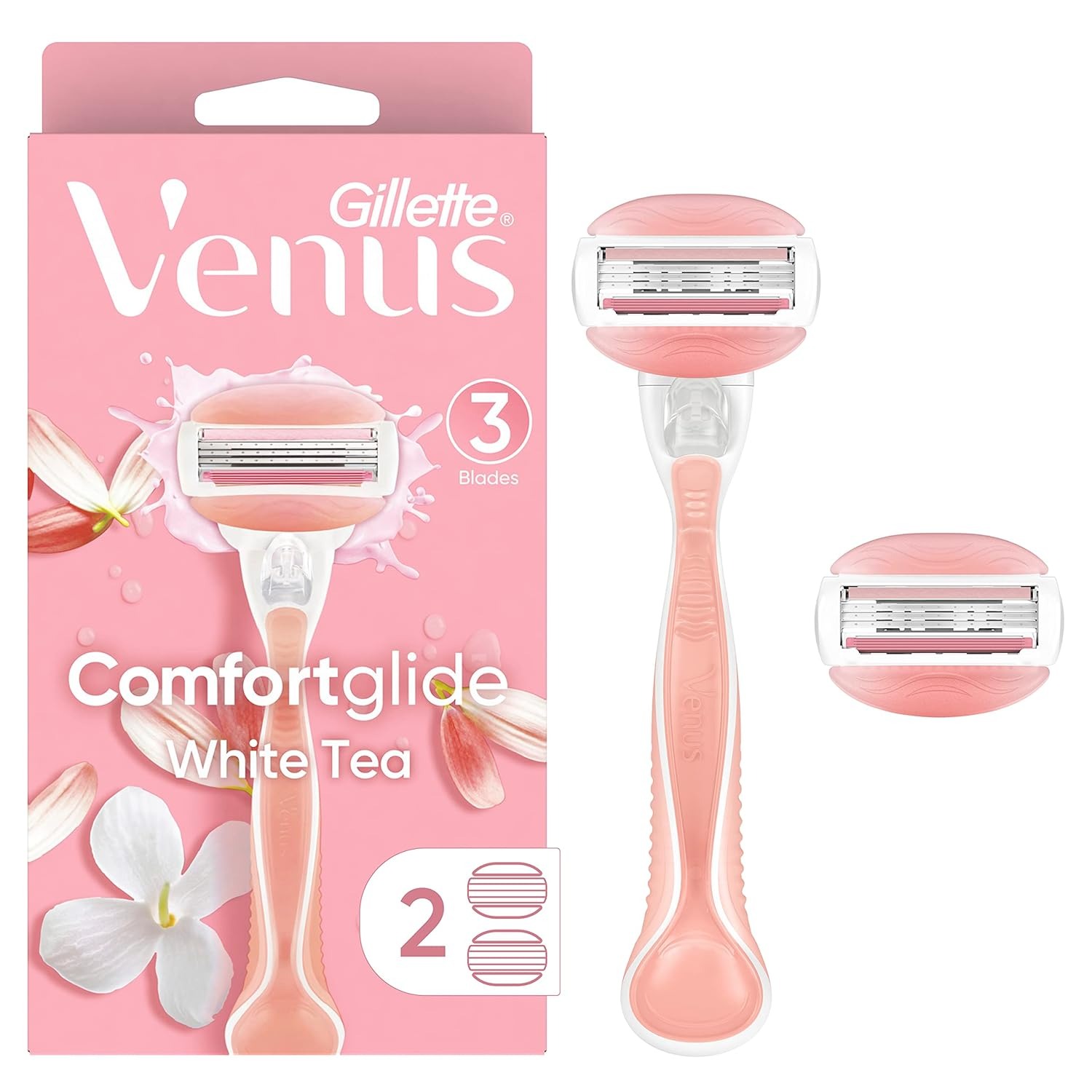
Throughout your laser hair removal journey, you need to shave the treated areas (and not pluck or wax), so stock up on a couple of razors. Soon, you might not need to rely on them quite as frequently, but this option from Venus gets the job done.
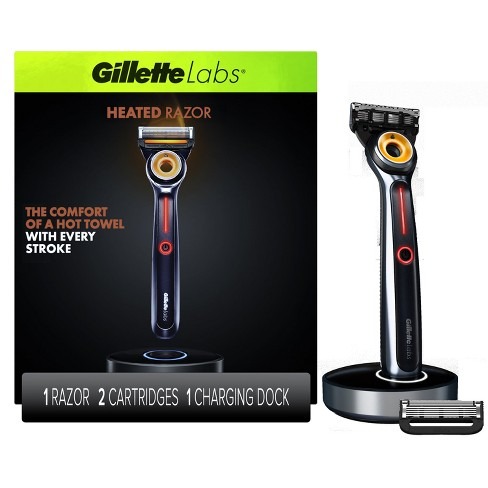
Although this option is definitely a splurge, it's heated for extra comfort.
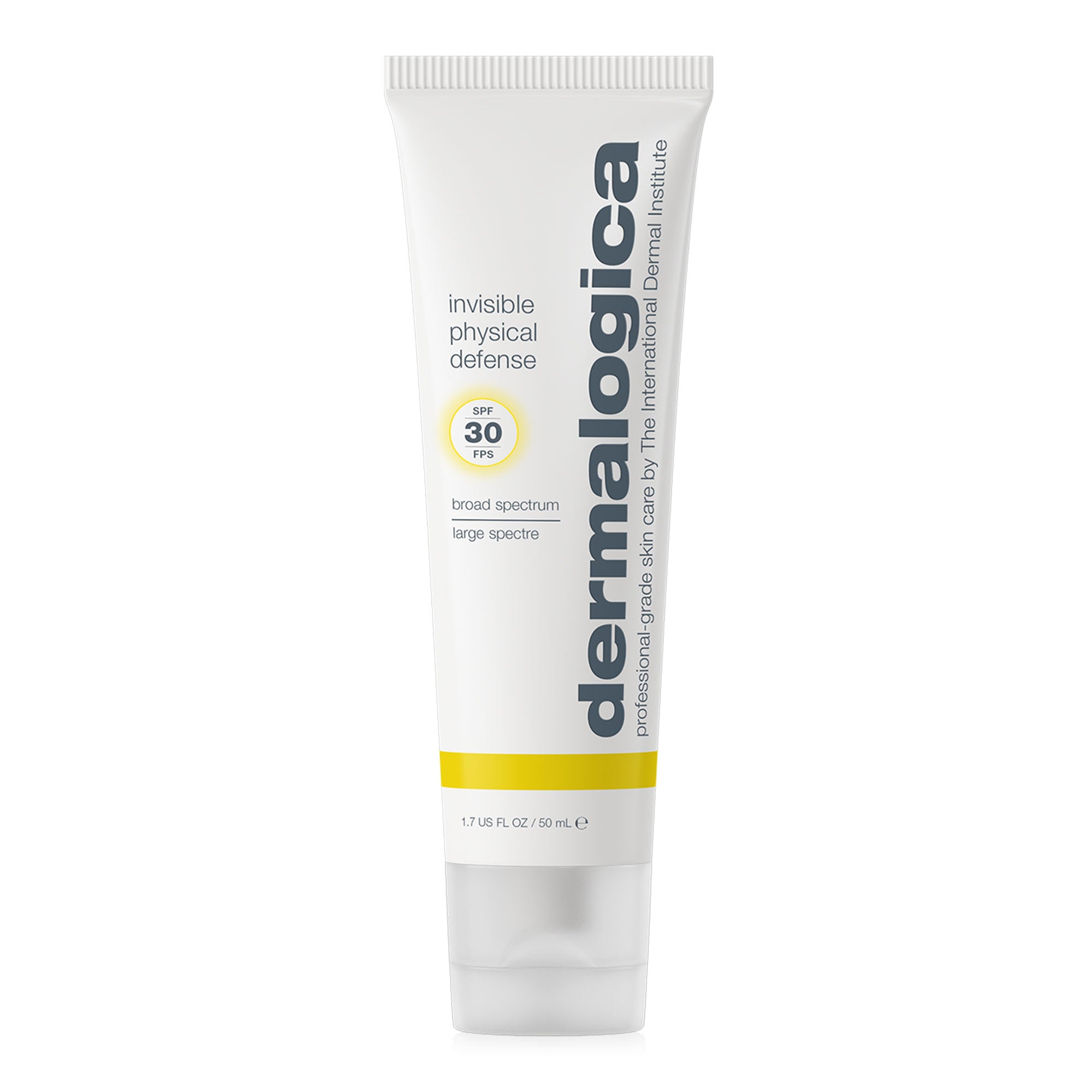
SPF application is crucial throughout the laser hair removal process, which is why it's important to find one that you actually want to wear. This one by Dermalogica is much-loved and offers SPF 30 protection without leaving a white cast on the skin.
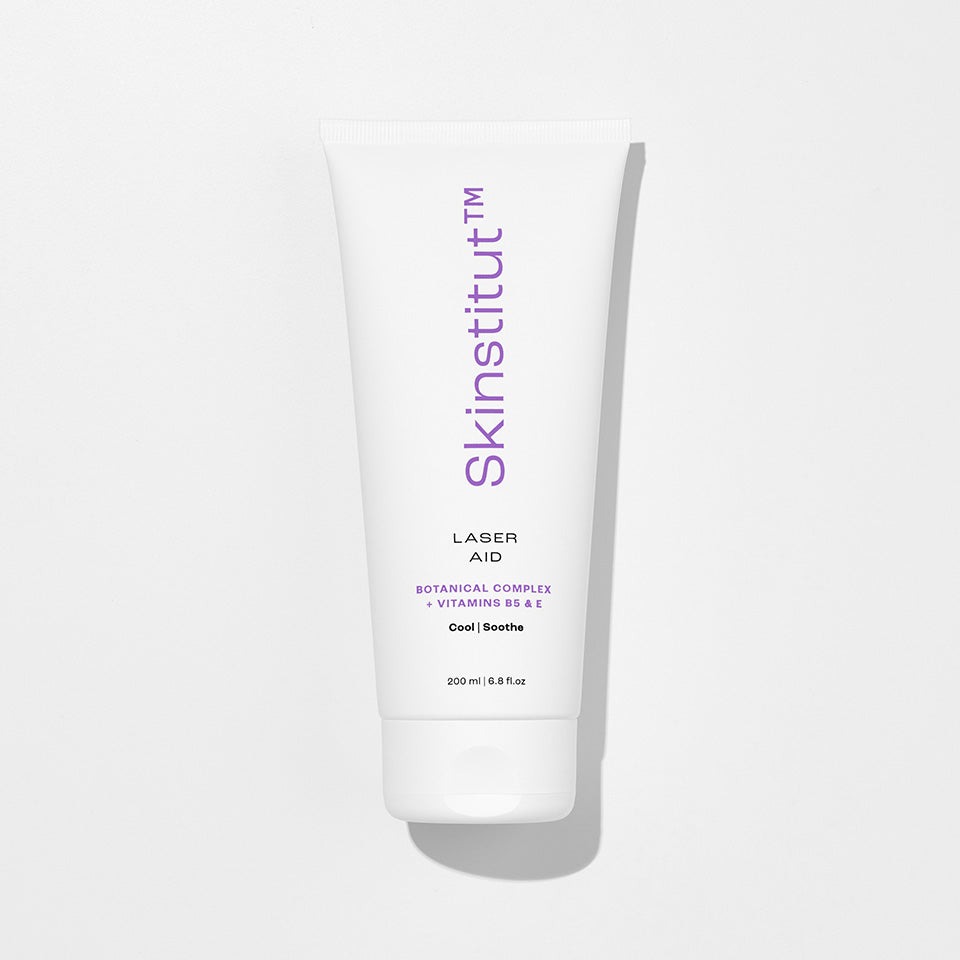
After your laser hair removal treatments, you will want to stock up on this cooling, water-based body lotion, which helps to draw the heat out of the skin post-laser to reduce irritation.
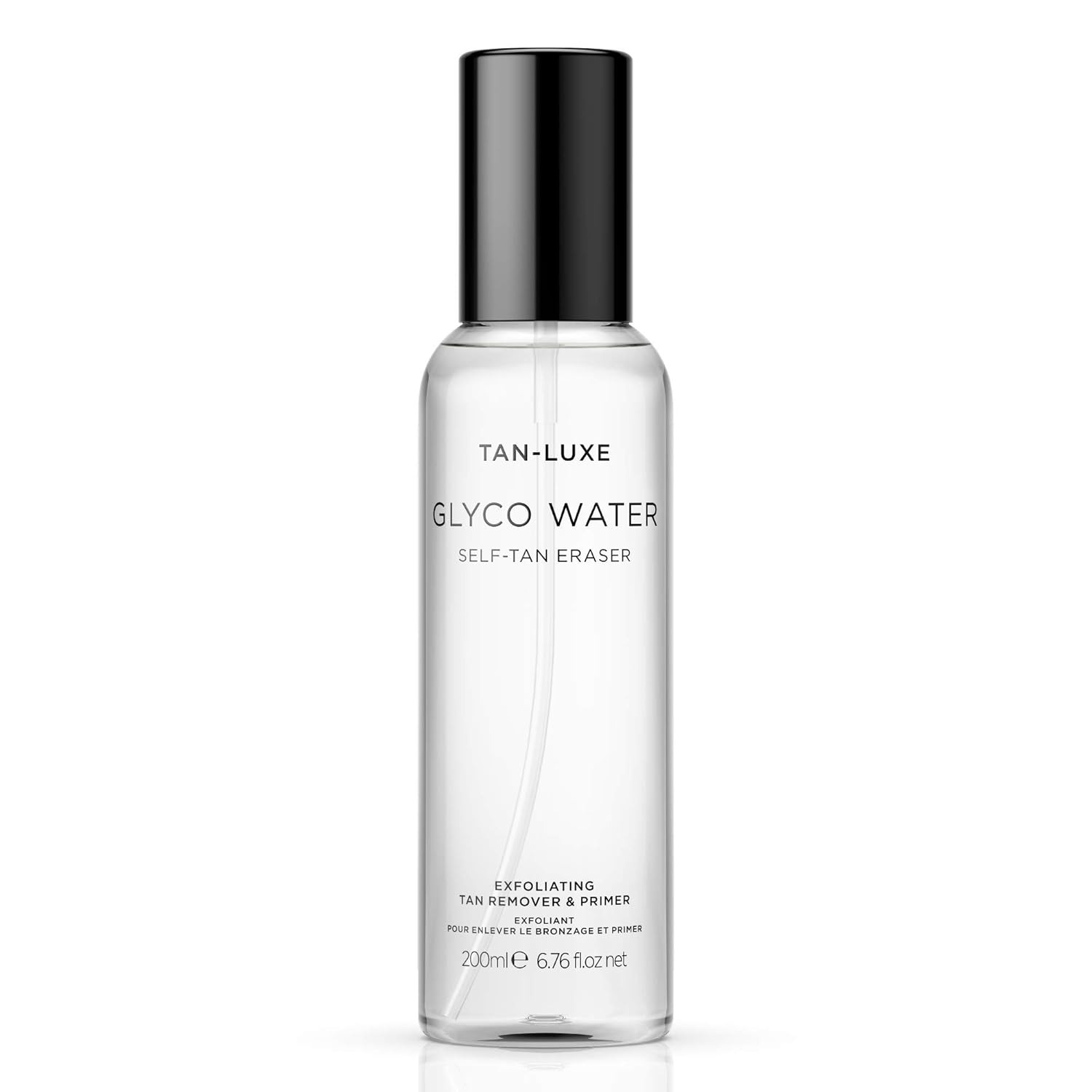
Remember to remove any fake tan prior to your laser hair removal appointment. For any lingering patches, use a tan-removal product to remove excess tan from the skin.
This post originally appeared on Who What Wear UK.

Eleanor Vousden is the beauty editor for Who What Wear UK. She was previously deputy editor at Hairdressers Journal, health writer at Woman & Home and junior beauty editor at Powder. She has also contributed to Wallpaper and Elle Collections.With a degree in fashion journalism from the London College of Fashion, she has 10 years of industry experience and has been highly commended at the BSME Talent Awards for her work on Powder and also contributed to the title winning Website of the Year at the PPA Awards.Eleanor’s journalistic focus is providing readers with honest and helpful beauty content. She has interviewed celebrity makeup artists, hairstylists and dermatologists throughout her career, as well as celebrities such as Hailey Bieber, Sarah Jessica Parker and Scarlett Johansson.
-
 From Coach to Louis Vuitton, Meet the Chicest Looks from the 2025 WNBA Draft
From Coach to Louis Vuitton, Meet the Chicest Looks from the 2025 WNBA DraftLive from New York.
By Eliza Huber
-
 Salma Hayek Pinault's Key to Youthful Skin? Moisturizer Sandwiches and This "Turkey Neck" Treatment
Salma Hayek Pinault's Key to Youthful Skin? Moisturizer Sandwiches and This "Turkey Neck" TreatmentNo retinol, no peels, and absolutely no injectables.
By Jamie Schneider
-
 The $50 Nordstrom Shoes I'm Buying to Mimic Hailey Bieber's Summery Toteme Look
The $50 Nordstrom Shoes I'm Buying to Mimic Hailey Bieber's Summery Toteme LookThe resemblance is uncanny.
By Nikki Chwatt